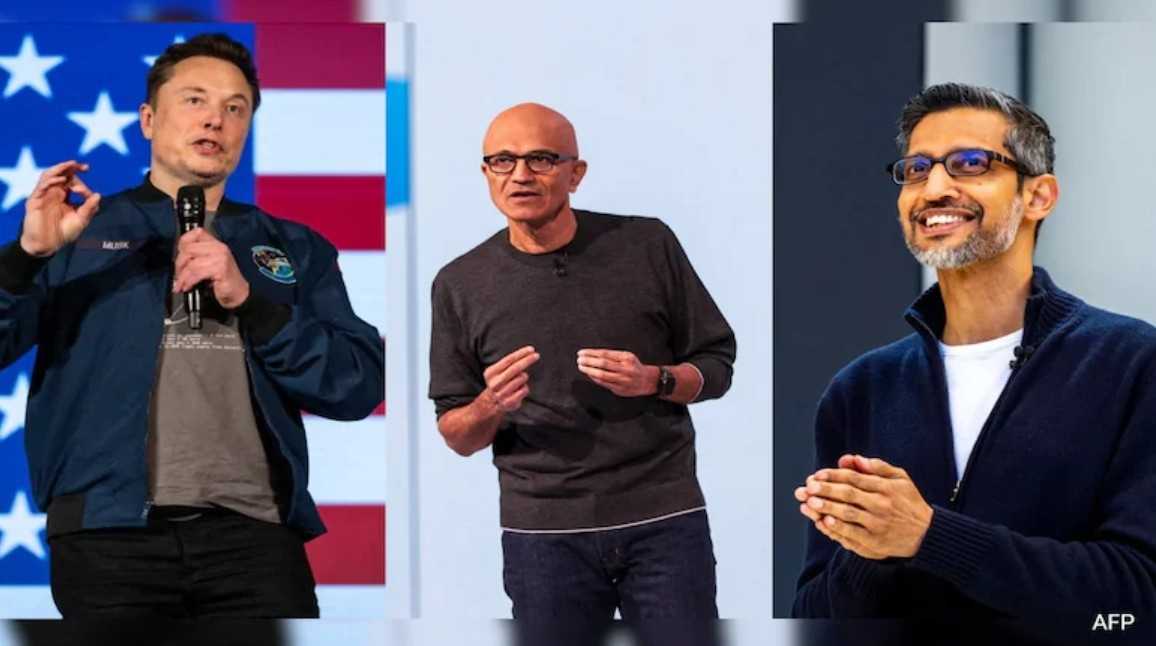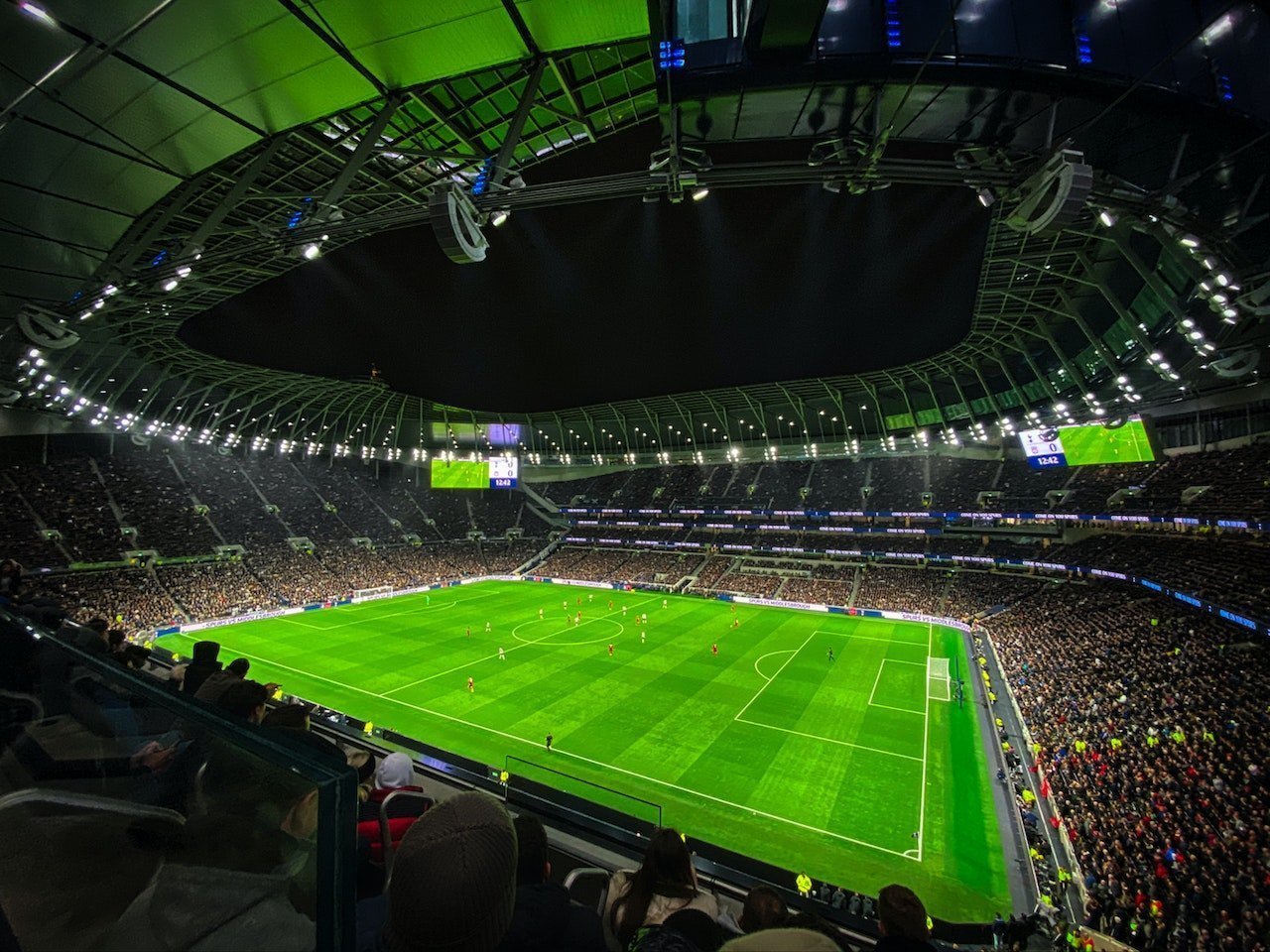Visa Fee Hike Sparks Concerns as India Warns of Humanitarian and Economic Impact
The H-1B Visa: Gateway to the American Dream
The H-1B visa has long been a vital pathway for highly skilled professionals worldwide, especially from India, to contribute to and advance the US technology sector. It symbolizes the “American Dream” for many, enabling some of the most influential tech leaders, including Elon Musk, Satya Nadella, and Sundar Pichai, to build their careers and change the world.
Recent Visa Fee Hike Raises Controversy
On September 21, 2025, the US government imposed a steep $100,000 fee on the H-1B visa, drastically increasing costs from the previous range of $2,000 to $5,000. This change has sparked major backlash:
- Commerce Secretary Howard Lutnick warned that the hike would likely reduce the number of H-1B visas issued below the 85,000 annual cap, saying it’s “just not economic anymore.”
- India expressed concerns over potential humanitarian consequences and family disruptions, urging US authorities to reconsider the hike.
- The Indian Foreign Ministry is currently assessing the full implications of the new fee.
How H-1B Shaped the Careers of Musk, Nadella, and Pichai
Elon Musk: From H-1B Visa Holder to SpaceX and Tesla Titan
Musk initially entered the US on a J-1 exchange visa and later switched to an H-1B visa to pursue business and academics. He credits the program for enabling the creation of his revolutionary companies:
“The reason I’m in America along with so many critical people who built SpaceX, Tesla and hundreds of other companies that made America strong is because of H1B,” Musk posted on X.
Though he has criticized the program as “broken” and in need of reform, Musk has vowed to fight against policies that restrict it.
Satya Nadella: Microsoft’s CEO and Immigration Advocate
Nadella began his career in the US in the 1990s under the H-1B visa program. He emphasizes the visa’s role in maintaining America’s competitiveness:
“It’s mostly about high-skilled labor that allows us, an American company, to be globally competitive,” Nadella said on Marketplace’s “Make Me Smart” podcast.
Sundar Pichai: From International Student to Alphabet CEO
Pichai transitioned from being an international student to an H-1B visa holder. He has publicly supported immigration’s role in driving innovation:
“Immigration has contributed immensely to America’s economic success, making it a global leader in tech, and also Google the company it is today,” Pichai tweeted in 2020.
Under his leadership, Google has advanced AI, cloud computing, and smart devices.
Indian Workforce and H-1B Visa Statistics
- Indians constitute 71% of all approved H-1B visa applications, according to US Citizenship and Immigration Services data.
- The visa remains crucial for Indian professionals seeking opportunities in the US tech ecosystem.
India’s Official Response to the Fee Hike
India’s Foreign Ministry expressed concern over the potential adverse effects of the visa fee increase:
“The full implications of the measure are being studied by all concerned, including Indian industry, which has already put out an initial analysis clarifying some perceptions related to the H1B program.”
The government hopes for dialogue and resolution with US authorities to protect the interests of Indian professionals and families.
Summary
- The H-1B visa has been key to the success of Elon Musk, Satya Nadella, and Sundar Pichai in the US tech industry.
- The recent $100,000 fee hike has caused widespread controversy and concerns over reduced visa access.
- India warns of humanitarian and economic impacts, actively studying the visa changes.
- High-skilled Indian workers make up the majority of H-1B recipients, underscoring the visa’s importance.



